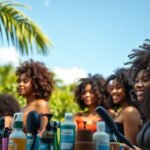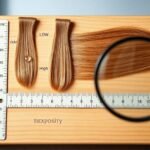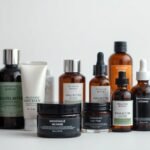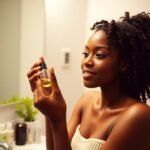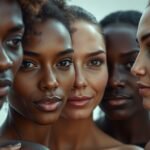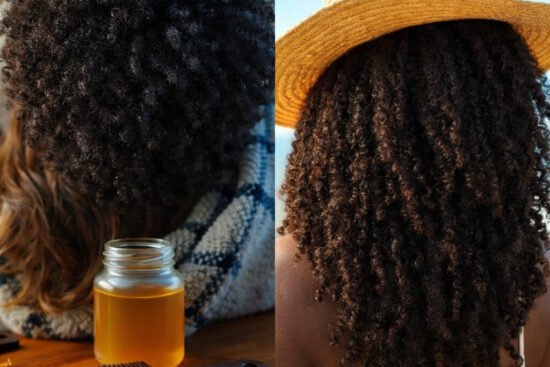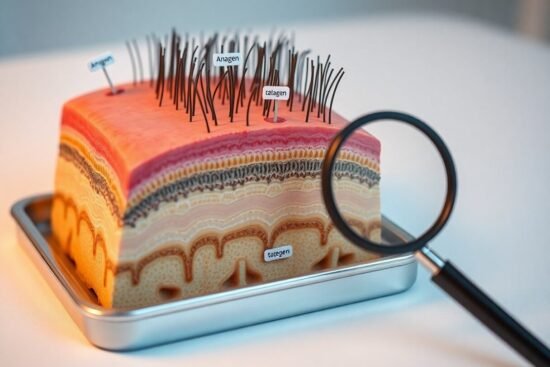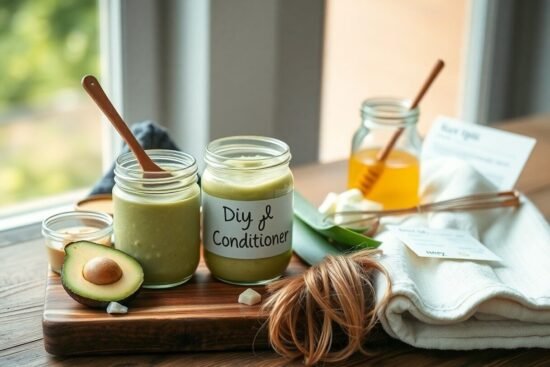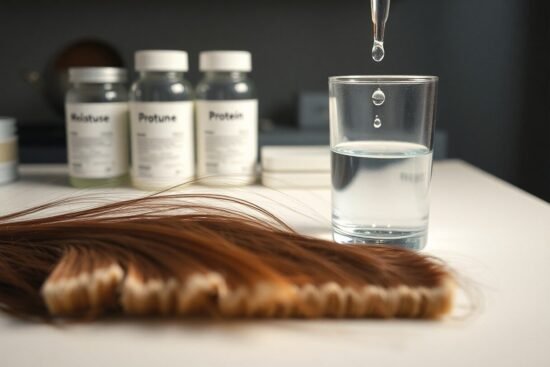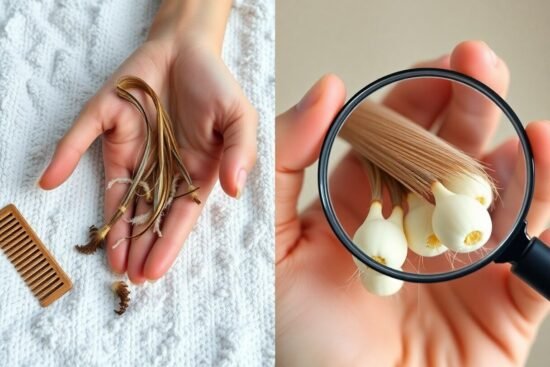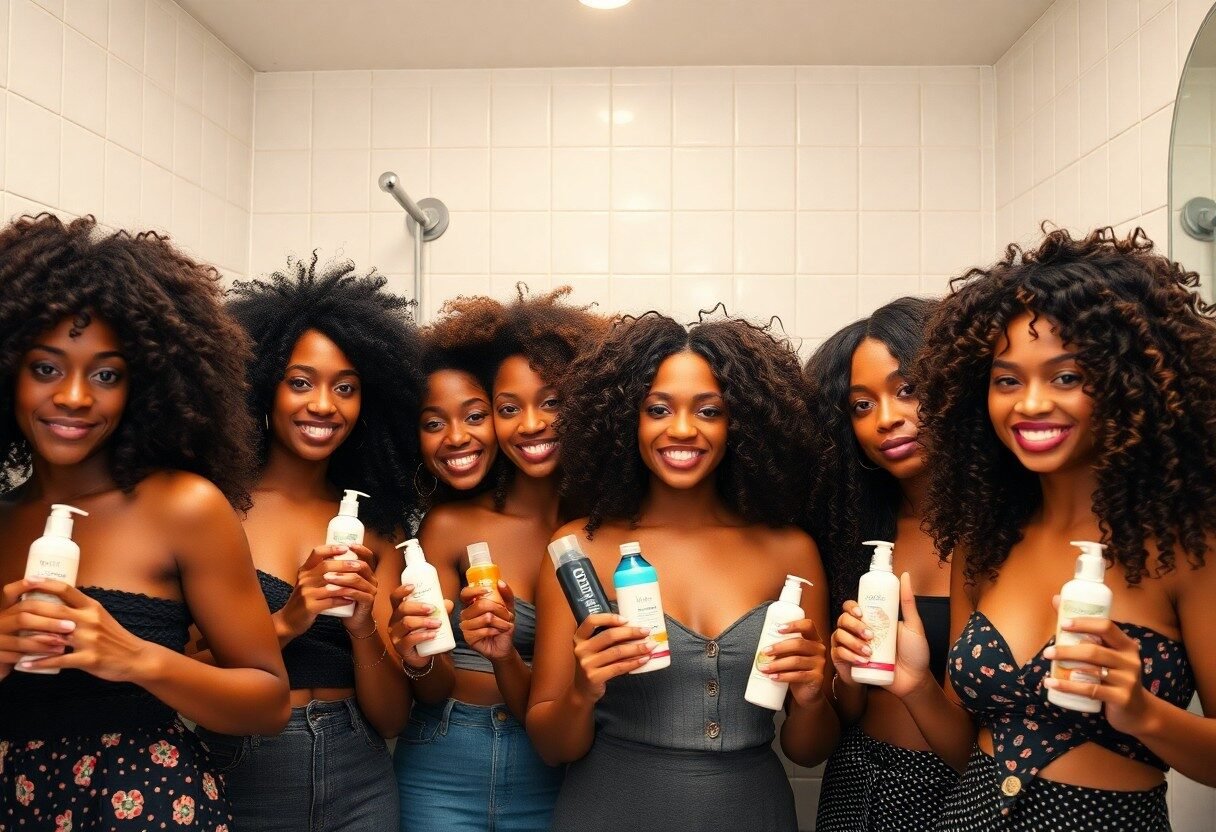
You may be surprised to learn that your hair’s curl pattern plays a significant role in how it should be cared for. Understanding these patterns, which range from loose waves to tight coils, is important for maintaining your hair’s health and appearance. I will guide you through the different types of curls and provide you with tailored care tips to keep your hair looking vibrant and well-nourished. Embracing your natural texture can transform your hair journey into a positive experience, allowing you to shine confidently.
Key Takeaways:
- Different curl patterns range from straight to kinky, influenced by factors such as genetics and hair structure.
- Identifying your curl type helps in selecting the right products and techniques tailored for that specific pattern.
- Moisture retention is key for maintaining healthy curls, so use hydrating shampoos and conditioners regularly.
- Establish a wash-and-care regimen that suits your curl type, which may include co-washing for wavy or curly textures.
- Protective styling can minimize damage and promote growth, especially for tighter curl patterns.
- Experiment with various styling methods, like diffusing or air-drying, to find what best defines and enhances your curls.
- Regular trims help to eliminate split ends and promote healthy curl formation, regardless of curl type.
Decoding Curl Patterns: Beyond Basic Shapes
Beyond the basic shapes of curls, understanding the finer details of curl patterns can elevate your hair care routine significantly. Each curl exhibits its unique texture, density, and elasticity, which can vary not just from one person to another but also from one section of your hair to another. Embracing these subtleties will empower you to choose the right products and styling methods, ultimately enhancing your natural beauty.
The Science of Curl Formation
Curl formation results from the shape of the hair follicle and the distribution of keratin, a protein that makes up hair strands. Variations in the follicle’s shape—round, oval, or asymmetrical—determine whether your hair grows straight or curly. Environmental factors also play a role, as humidity can affect the curl’s structure, leading to changes in how hair looks and feels throughout the day.
Identifying Your Unique Curl Pattern
To accurately identify your unique curl pattern, begin by examining your hair in its natural, dry state without product interference. Focus on the shape of your curls; are they loose spirals, tight coils, or a combination? You might even find things like frizz or varying curl sizes within your own head of hair. Keeping a record of your observations paired with regular styling techniques can help pinpoint your pattern and guide you in selecting the most effective hair care products.
Finding your unique curl pattern can be enlightening, as you may discover more than one type inhabiting your scalp. For example, the hair at the back might have tighter curls, while the front displays looser waves. This diversity often necessitates a tailored approach to care and styling. By classifying each section of your hair, you can adapt your routine accordingly, using varying product types and techniques that meet the specific needs of each curl type. This individualized strategy not only enhances your overall hair health but contributes to a more harmonious full look.
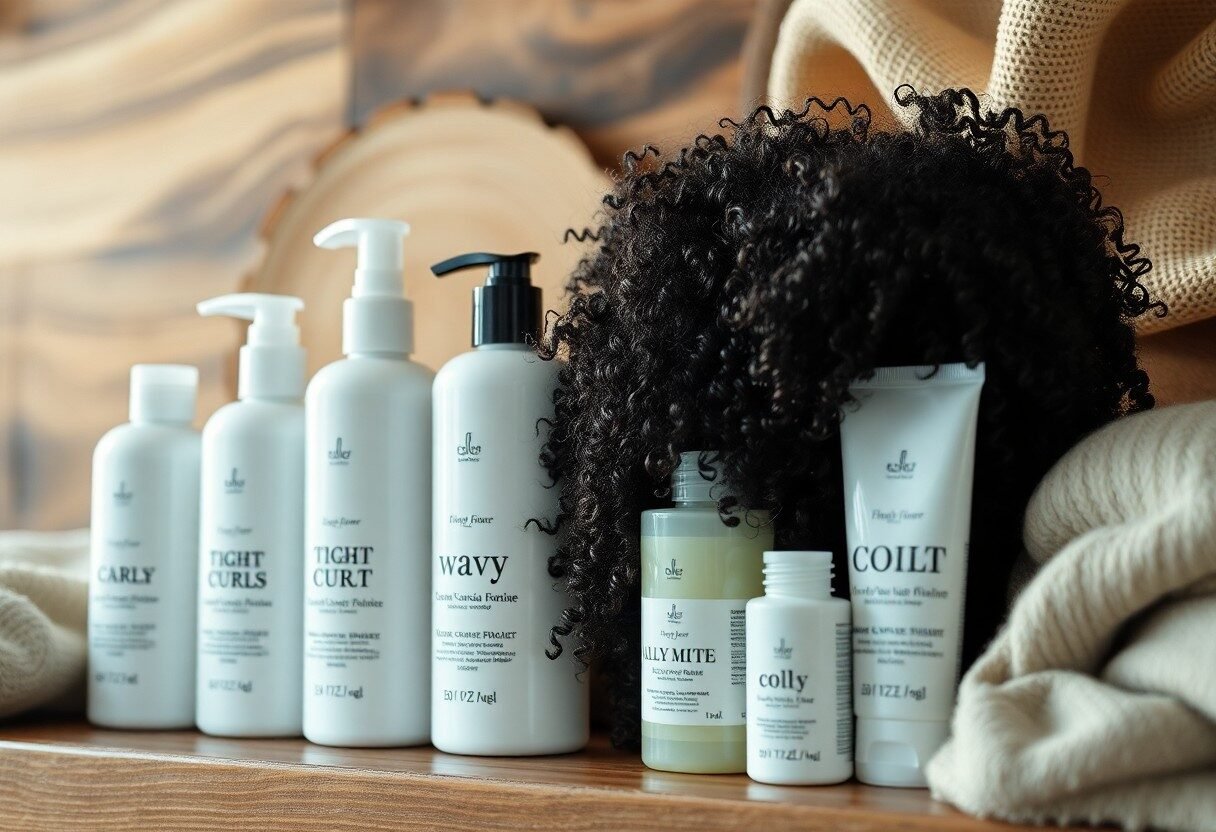
The Care Essentials for Every Curl Type
Caring for curly hair demands a tailored approach, taking into account the unique characteristics of your curl type. Common crucials include using sulfate-free shampoos, enriching conditioners, and the right styling products that enhance rather than weigh down curls. Additionally, incorporating regular trims and protective styles into your routine can foster growth and reduce damage. Ultimately, understanding your hair’s needs is key to maintaining healthy, vibrant curls.
Hydration: The Lifeblood of Curly Hair
Adequate hydration plays a pivotal role in the health of your curls. Curly hair tends to be drier due to its structure, which makes it harder for natural oils to travel down the hair shaft. Incorporating moisturizing shampoos, rich conditioners, and leave-in treatments helps to replenish moisture, ensuring your curls remain soft, elastic, and manageable. Aim to hydrate your curls regularly to achieve that bounce and shine you’ve always desired.
Protective Styles: Maintaining Health and Length
Letting your hair relax in a protective style can lead to healthier curls while encouraging growth. Styles like braids, twists, or buns allow your hair to be shielded from environmental factors and minimize breakage. Going for protective hairstyles gives not only a fashionable edge but also a functional way to reduce daily manipulation, ultimately leading to an overall healthier hair appearance.
Incorporating protective styles into your routine can make a tangible difference in your hair’s health. For instance, wearing braided updos or twists can protect the ends of your hair, which are often most vulnerable to damage. Aim for styles that can be worn for a week or two, coupled with regular moisturizing treatments and a silk or satin scarf for sleep. Studies show that protective styles can lead to up to 50% less breakage, reinforcing their effectiveness in preserving your curls while keeping them stylish.
Product Selection: Navigating the Curl Care Aisle
With countless products claiming to be the magic solution for curls, I know it can feel overwhelming to choose the right items for your unique curl pattern. Understanding your hair’s specific needs is necessary in navigating the curl care aisle. Look for products tailored to your curl type – from creamy moisturizers for tighter coils to lightweight gels for looser waves. Always check for specialized formulations that provide hydration, definition, and hold, ensuring your curls maintain their shape without crunch or frizz.
Ingredients to Look For: Nourishment vs. Damage
Scanning ingredient lists is a vital part of selecting the right products. I recommend seeking out nourishing components like natural oils (like argan or coconut oil), botanical extracts, and shea butter for moisture. Conversely, avoid harmful ingredients such as sulfates, parabens, and alcohol, which can contribute to dryness and damage over time.
The Role of Styling Products in Curl Definition
Styling products can make a significant difference in defining your curls. For tighter curl patterns, I often find that thick creams and butters provide the moisture needed to enhance curl shape while preventing frizz. In contrast, looser waves might benefit from a lighter gel to maintain bounce without weighing hair down. Understanding the product’s hold factor is vital—aim for low to medium hold to prevent stiffness. Experimenting with different combinations can lead you to the perfect mix that showcases your individual curl pattern beautifully.
Styling products are not just about hold; they’re about establishing the overall health of your curls. For example, certain gels contain ingredients like flaxseed extract or aloe vera, which offer moisture while defining curls and creating a healthy sheen. When using these products, I’ve noticed that the timing of application (on wet or damp hair) and the method—such as scrunching versus shingling—can provide very different results. Finding methods that work for your unique pattern will not only enhance your curl definition but also maintain moisture and minimize frizz throughout the day.
Common Mistakes in Curl Maintenance and How to Avoid Them
Despite your best intentions, it’s easy to fall into common traps that can damage your curls. One of the most prevalent issues I see is the neglect of your unique curl needs, leading to dryness and breakage. Knowing what practices to avoid is just as important as knowing what to embrace, so let’s investigate some common missteps and how you can sidestep them for healthier, happier curls.
Over-Washing: The Hidden Culprit
Over-washing is a frequent mistake that strips your curls of their natural oils, causing frizz and dryness. I recommend washing your hair no more than once or twice a week, depending on your curl type and lifestyle. Instead of daily washes, consider co-washing with a cleansing conditioner to maintain moisture levels without sacrificing cleanliness.
The Dangers of Heat Styling on Natural Curls
Heat styling can wreak havoc on your natural curls, leading to irreversible damage. High temperatures break down the protein structure in hair, making it weak and prone to splitting. I’ve seen many individuals with beautiful curls end up frustrated because repeated use of heat tools causes their waves to loosen over time. Avoid daily heat use and opt for air-drying methods; your curls will thank you in the long run.
Temptation often lurks in the form of heated styling tools promising an easy way to tame unruly locks. However, studies show that exposure to temperatures above 350°F can permanently alter your curl structure. Even when you think you’re protecting your hair with heat protectants, the damage accumulates over time, leading to lifeless, flat curls. Embracing your natural texture while minimizing heat will not only preserve your curl pattern but also enhance its vibrancy and bounce. Prioritize styles that celebrate your curls—your hair will remain healthier, and you’ll feel more authentic in your look.
Embracing the Curl Journey: Community and Representation
Finding community and representation in the curl journey not only fosters connection but also validates our unique hair experiences. You and I are part of a larger narrative that celebrates diversity in textures and styles, which can empower us to embrace our natural curls. Engaging with others who share similar challenges and triumphs can provide invaluable support and inspiration in our hair care routines and style choices.
The Impact of Curl Culture on Self-Identity
Curl culture profoundly influences self-identity, creating a sense of belonging within the community. By celebrating our natural textures, we reclaim narratives that have often been marginalized in mainstream beauty standards. This shift in perception allows you and me to appreciate our curls not just as a hairstyle, but as an integral part of our identity.
Social Media’s Role in Curl Education and Awareness
Social media has become a powerful tool for curl education and awareness, paving the way for change in how we approach hair care. Platforms like Instagram and TikTok are filled with tutorials, tips, and real-life examples of individuals embracing their unique curl patterns. They serve not just as resources but as a celebration of our diverse hair journeys.
Through hashtags like #CurlTalk and #NaturalHairCommunity, you can connect with countless individuals sharing their experiences and knowledge. These platforms have transformed the narrative around curl textures, empowering you to learn not only about product ingredients but also about embracing your hair’s natural beauty. Access to a plethora of information on various curl types allows for tailored self-care routines, making it easier to identify what works best for you. Each shared story strengthens the community, reinforcing the power of representation and encouraging self-love, making us feel seen and celebrated in our curl journey.
Conclusion
Conclusively, understanding the different curl patterns is crucial for anyone looking to effectively care for their hair. I have found that recognizing your unique curl type allows you to choose the most suitable products and techniques to enhance your natural beauty. By investing time in learning about your curls, you empower yourself to achieve healthier, more vibrant hair. I encourage you to explore and embrace your individual curl journey, as this knowledge will enable you to make informed choices that cater to your specific needs.
FAQ
Q: What are the different types of curl patterns?
A: Curl patterns are generally classified into four types: Type 1 (straight), Type 2 (wavy), Type 3 (curly), and Type 4 (kinky). Each type has its own unique characteristics. Type 1 is straight with no curl, Type 2 has loose waves, Type 3 features tight curls, and Type 4 is characterized by coiled or zig-zag patterns. Understanding these categories helps in choosing the right products and routines for each specific curl type.
Q: How can I determine my curl pattern?
A: To find your curl pattern, wash and condition your hair without applying any styling products. Allow it to air dry, and observe the natural texture it forms. Take note of the tightness or looseness of the curls. You can also wet your hair, then stretch out a strand to see the curl definition. This will help in identifying whether you fall into Type 1, 2, 3, or 4.
Q: Why is it important to identify my curl pattern for hair care?
A: Identifying your curl pattern helps in tailoring your hair care routine to meet your hair’s unique needs. Different curl types require different moisture levels, styling products, and techniques. For instance, Type 1 hair may need lightweight products whereas Type 4 hair benefits from heavy creams and oils to maintain moisture and prevent breakage.
Q: How do I care for Type 3 curly hair specifically?
A: Type 3 curly hair generally thrives on moisture and hydration. Use a sulfate-free shampoo and a rich conditioner to retain moisture. Consider incorporating leave-in conditioners and curl creams to define curls and reduce frizz. Techniques like the “plopping” method can also enhance curl definition, while less frequent washing can prevent dehydration.
Q: What products should I avoid for Type 4 hair?
A: Type 4 hair is often more fragile and prone to dryness. It is advisable to avoid products containing sulfates and alcohol, as they can strip the hair of natural oils. Heavy silicones should also be avoided unless cleansing with a clarifying shampoo regularly, as these can lead to product buildup.
Q: Can I mix products for different curl patterns in my routine?
A: Yes, it is possible to mix products suited for different curl patterns if you have a mix of textures on your head. For instance, you may use a lighter gel on your Type 2 wavy sections while using a heavier cream on your Type 4 sections. Tailoring your products to different areas allows for the best results in defining each curl type.
Q: How often should I trim my hair based on curl type?
A: The frequency of trims can vary based on curl type, but a general rule is every 6-8 weeks for Type 3 and Type 4 hair, as these curls can become more prone to split ends and breakage. Type 1 and Type 2 hair might require less frequent trims, approximately every 8-12 weeks, depending on growth and maintenance needs. Regular trims help maintain the health and shape of your curls.
